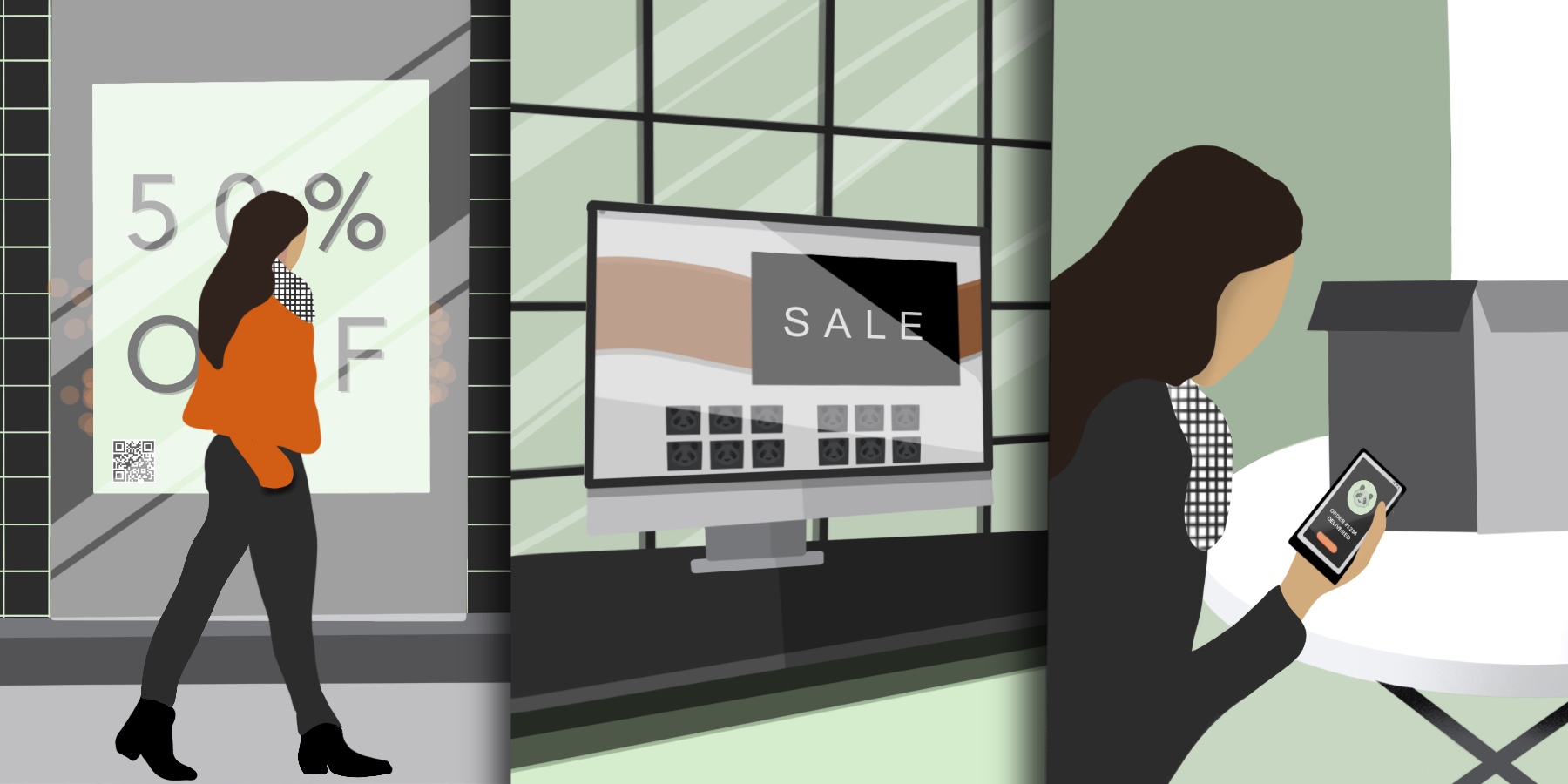
How to Build Successful Omnichannel Marketing Campaigns
Customers are inundated by brand messages, ads, and sponsorships like never before. Thanks to search and social media algorithms, they’ve come to expect getting the right message, in the right place, at the right time.
The companies winning brand loyalty today are those that provide the most relevant, personalized customer experiences. To provide this consistently and stand out, brands must take an omnichannel approach to marketing.
In this article, I’ll share why omnichannel marketing campaigns are so important to today’s customer journey and how to build a consistent experience for your brand. Then we’ll look at four examples of brands that are perfecting the omnichannel experience to give you some inspiration.
Table of contents
Omnichannel marketing: What it is and why you need it
Omnichannel marketing allows for a unified customer experience by creating a consistent brand presence through various tools and channel integrations.
In addition to making your brand memorable and relevant across channels, omnichannel marketing allows your customers to engage with your brand how they want. Whether they’re shopping in-store, via SMS, mobile app, or a mix (e.g., checking online reviews before completing an in-store purchase), today’s customers expect a seamless cross-channel experience.
Let’s look at a quick example of a positive omnichannel experience you may be familiar with.
Imagine you’re in a rush to work on a Wednesday morning. You’re craving coffee and a quick breakfast sandwich, but your meeting starts at 9 a.m. You walk into Starbucks and see a line that’s 15 people long. Disappointed, you leave empty-handed because you don’t have time to wait in line.
Starbucks saw examples of this customer experience playing out every day and realized they were leaving money on the table by turning customers away. The major-league coffee brand came up with a solution: an order-ahead feature through their mobile app. (The app also stores customers’ most recent orders and favorites, as well as gift cards and loyalty points.)
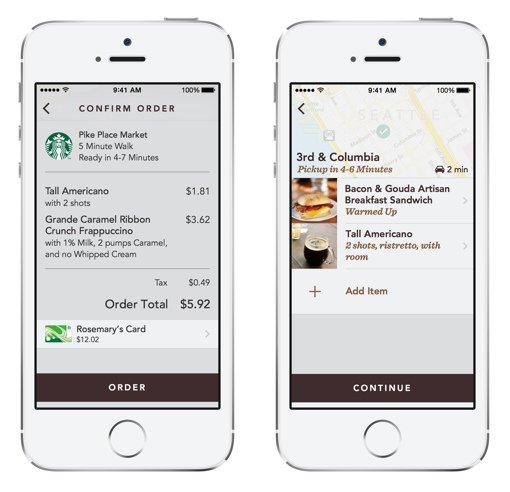
Playing out the same scenario above, you could hop out of the shower, grab your mobile device, and place an order in just a few taps. Arrive at Starbucks, pick up your order from the counter, and still make your 9 a.m. meeting.
Even if you think the coffee down the street tastes better, it’s hard to beat the convenience of the Starbucks order-ahead app. The company created a buyer’s journey so simple, delightful, and tapped into customer needs that the brand is now ubiquitous with a quick-and-easy coffee run.
By tapping into their customer’s major pain point (time) and creating a solution that alleviates it (ordering ahead), Starbucks’ omnichannel approach has impacted customer loyalty. In 2019, 35% of app users used the order-ahead feature every time they visited a Starbucks. Because you lock in Starbucks Rewards using the app, this personalized experience accounted for 40% of Starbucks’ overall sales in the same year.
Starbucks’ optimization of an everyday experience—getting coffee—highlights the importance of a personalized experience for customer retention and loyalty.
How to nail an omnichannel marketing strategy that connects with your customer
The most important consideration when building an omnichannel marketing strategy is your customer. Customer-centric marketing may sound obvious, but it’s even more crucial when you’re anticipating that a customer will interact with your brand across many channels and touchpoints.
Here’s how to get started on a marketing strategy to create a seamless experience for the omnichannel customer.
Start with customer data
It’s critical to understand your customer deeply, so you’ll know how best to serve them. In the example above, Starbucks knew their customer was busy, and they wanted to spend as little time as possible shopping for their morning coffee.
Understanding your customer data will help you see what is most important to them, and then you can offer solutions that cater to their needs. Here are some types of customer data to collect and centralize:
Purchasing behavior
Does your customer look at online reviews while shopping in your physical store? What types of CTAs lead to purchase within different sets of demographics? Testing will be very important here. Consider typical cognitive biases and leverage them to see how they impact your customer’s purchasing behavior.
For example, maybe you’re building a hypothesis around CTA conversion rates and decide to test the following CTAs:
- “Your favorited item is selling out—only 5 left!” (harnessing the bandwagon effect and scarcity mindset)
- “10% off your favorite” (the belief that you’re getting an exclusive bargain)
This experiment may lead you to use a more compelling CTA and help you better understand your customer. Are they more socially motivated, wanting your product because it’s popular? Or, are they more motivated by a good deal? Something as simple as A/B testing can result in real marketing (and revenue) wins.
Top Tip: Learn more about cognitive biases and different ways to experiment against them 🐼
How they interact with your brand
If, for example, your customers are actively following you on social media, create a consistent upload schedule of relevant content that encourages engagement from followers. This is another great place to test different multichannel marketing strategies.
Perhaps your customer isn’t engaging with your brand as much as you’d like on the social media channels where you’ve put the most effort. Would it make sense to experiment with Instagram over LinkedIn? What about a longer-form newsletter versus regular tweeting?
Strategically testing across different channels will help you better understand your customer and reach them where they want to be reached.
Their challenges you can solve
Is there a common stage in the buyer journey where customers abandon their online shopping cart? Is there qualitative data showing when and why people leave the store without purchasing something, as with long lines at Starbucks?
Understanding your target audience and buyer persona is key to a positive user experience with your brand. Metrics across channels can help you zero in on what’s working and where there’s room for improving customer engagement and, ultimately, your company’s bottom line.
Top Tip: How to use customer intelligence to turn data into actionable insights 🐼
Segment your audience
Once you have your data, it’s time to organize it and create segments. As we mentioned, personalization is critical to a successful omnichannel marketing strategy. According to Salesforce data, personalization improves the customer experience by 55% and increases conversion rates by 51%.
Segmenting your audience allows you to create tailored experiences for customers based on demographics, shopping behavior, preferred touchpoints, and more.
Let’s use the example of a hotel chain with tiered properties, including luxury, mid-range, and budget options. Here, you could aim to segment by annual household income. For example, a 22-year-old in an entry-level job might be more interested in budget or group-stay options.
Once you have these segments, you can tailor messaging based on what’s realistic and desirable for each segment. Organizing your data this way will save you from wasting resources aiming marketing at the wrong groups.
Tailor your messaging and create campaigns
Once you understand what your customer wants and needs from your brand and have created segments around different profiles, you’re ready to create marketing campaigns.
While your brand experience should be cohesive across channels and segments, your marketing approach can and should differ based on customer segments. You may, for example, segment by behaviors based on customers who click on CTAs that appeal to scarcity (e.g., “Only 5 left!”) versus validation from others (e.g., “Over 500 5-star reviews!”).
Segmenting by behavior will allow you to message people with what truly inspires or encourages them to make a purchase.
Optimize your customer touchpoints
There’s no point creating engaging content if it’s poorly optimized. Clunky mobile web pages, poor image quality, and font and color clashes will distract from your well-researched content and ruin your customer experience.
Let’s take the hotel example again. You can put all the effort you like into making your target audience aware of a three-night-stay website promotion, sharing follow-up newsletters about related packages, and leveraging seasonal holidays to sweeten your offer—but none of this is useful if your website isn’t optimized.
An omnichannel marketing campaign is one that ensures a seamless and brand-consistent interaction for customers, and your content platforms should reflect this.
Make sure that:
- Your website is SEO-optimized, snappy, and unhindered by cluttered code
- Your site is easily navigable and optimized for mobile (mobile browsing has officially surpassed desktop browsing, but you’ll want to see how your customers specifically are accessing your website)
- Your written content is both informative and scan-friendly
- Your blog format is readable while remaining brand-consistent
- Product descriptions are up to date
- Images are accurate, high quality, and recent
Every point of contact represents an opportunity to make a positive impression on your target audience. Make the buying journey as smooth and delightful as possible for them, and they’ll be more likely to make it to the checkout page.
Top Tip: Learn how to capture and retain your target audience’s attention with our guide to creating an exceptional digital experience 🐼
4 omnichannel marketing campaigns to inspire you
While you’ll want to work through the steps above to create the ideal omnichannel marketing strategy for your target audience, case studies are always helpful for drawing inspiration.
Here are four brands successfully optimizing their marketing efforts across multiple channels.
Target makes it easy to shop exactly how you want to
Target does an amazing job of connecting various channels so that the customer can truly shop when and how they want to. Target creates a cohesive experience across channels from social media, their website, and app, to brick-and-mortar stores.
Here are some examples of what that looks like for the retailer.
Before unlocking rewards with Target Circle, customers must first sign up for an account. With an account, Target can better understand their purchase history and buying behavior, tailoring recommendations and outreach. They’re then rewarded with a membership to Target Circle, which offers 1% reward earnings, exclusive deals, community support, and a birthday gift.
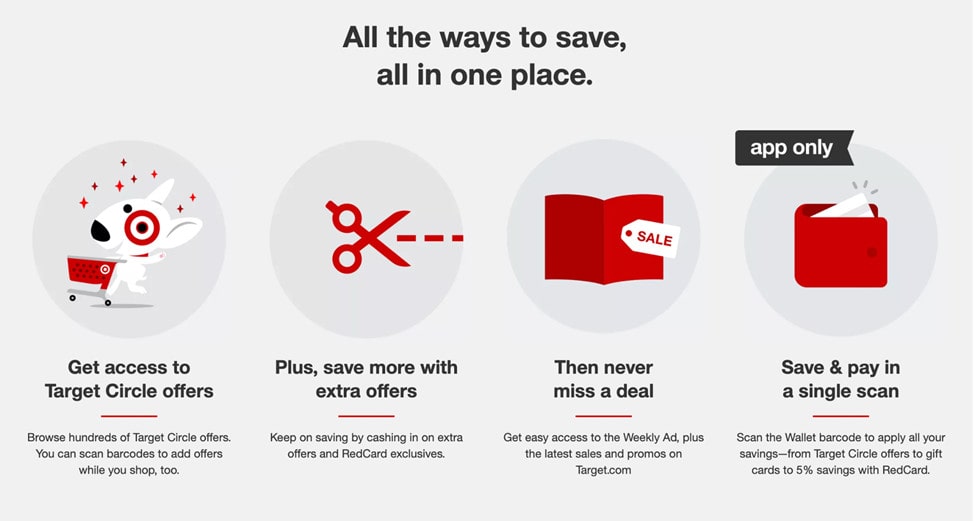
Target allows customers to shop and receive items how they want. This was especially crucial during the pandemic, when many people were uncomfortable shopping in-store. Target made it easy to purchase online or through their app and then pick it up curbside.
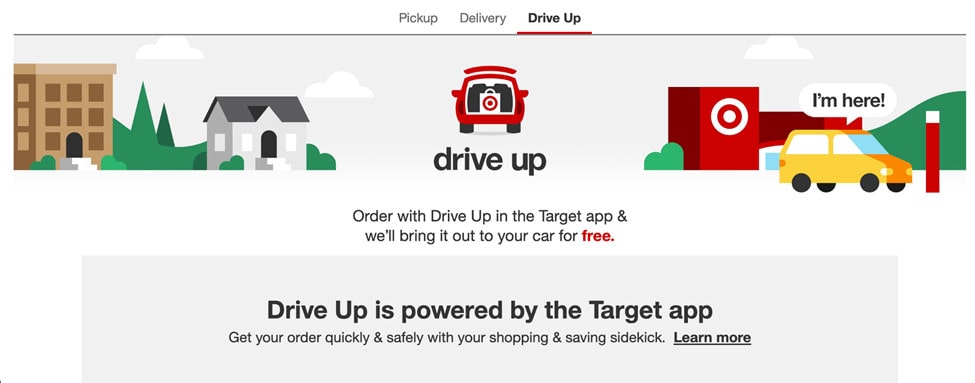
All of Target’s messaging caters directly to the customer, reminding them repeatedly of the benefits of their loyalty. They do an incredible job of enticing people to interact with the brand across channels, making it worth their while with incentives.
Top Tip: Learn more about how Target is winning at omnichannel marketing in our deep dive into their digital transformation strategy 🐼
Singapore Airlines creates unexpected experiences to build loyalty on and off the plane
Singapore Airlines has a reputation for being innovative, and its omnichannel marketing is no exception. The airline has worked to blend online and offline experiences so that customers can easily shop, pre-book, enhance in-flight options, and earn loyalty in real-time.
They make it easy to shop at duty-free stores by offering pre-order services with both onboard and ground-based delivery. Like Target, the airline makes it incredibly easy and convenient to shop when and how customers want to.
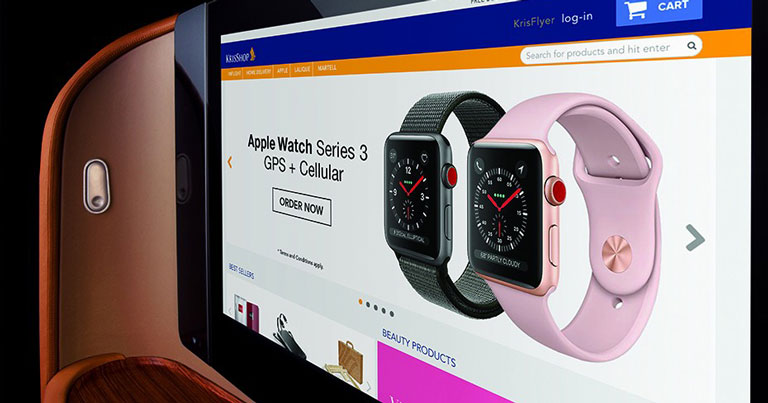
A chatbot is another functionality that allows Singapore Airlines to personalize experiences for their customers. The bot talks to customers through Facebook Messenger, ensuring rapid responses to questions that may arise at any point in their planning or travel experience.
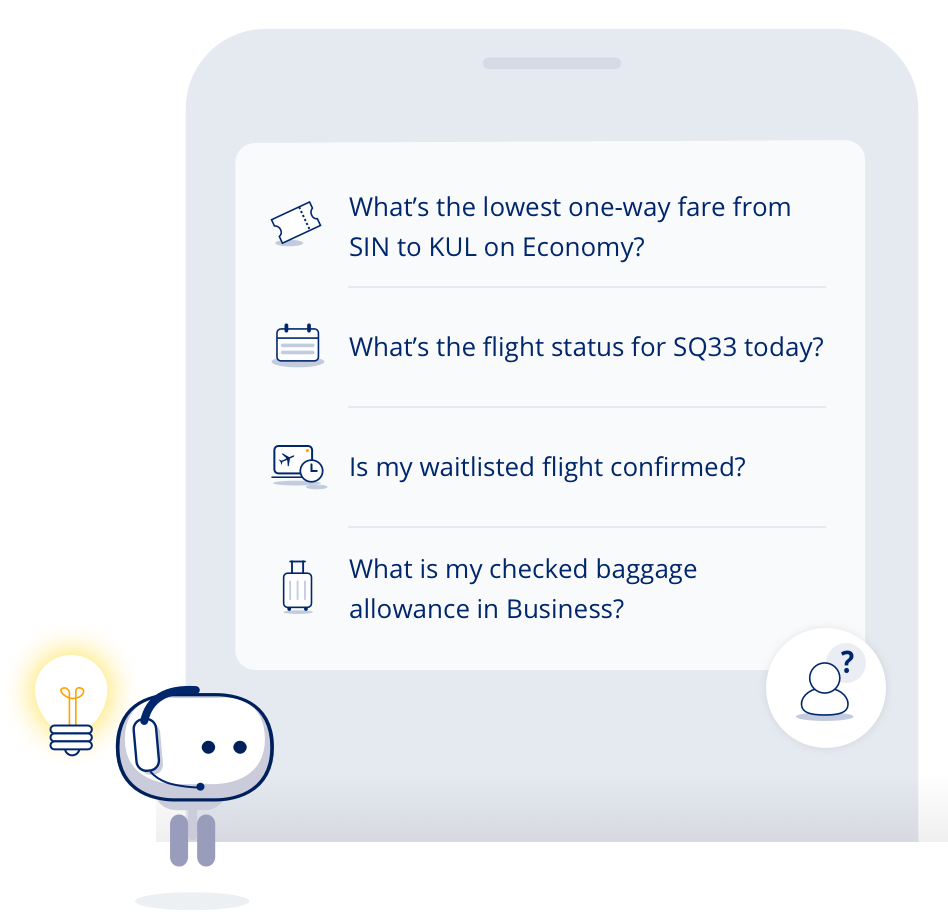
The airline can also teach us all a lesson in pivoting, thanks to the pandemic. Something many of us missed in 2020 was travel. The brand created the “Discover Your Singapore Airlines” campaign, offering experiences to customers who missed the feeling of flying. From fine dining at the airport to providing guided tours of the Singapore Airlines training center, the brand created ways for customers to feel the positive impacts of travel without leaving their city.
And, for those who didn’t want to venture to the airport, Singapore Airlines created another campaign: SIA@Home. This initiative allowed customers to experience an airline home-dining meal accompanied by wine, an amenity kit, welcome videos, a digital guide, and a specially curated playlist. (And, of course, customers could pay for the experience using miles.)

One Medical reimagines an unpleasant experience for its patients
One Medical is beloved by their customers for modernizing a once-dreaded experience: visiting a doctor. With locations in most of the United States’ major metropolitan areas, One Medical caters to busy urbanites who don’t want to wait in an office lobby for an hour before seeing their doctor.
One Medical reimagined the customer experience, going back to basics and asking when someone really needs to be seen in the office versus virtually.
Members can speak with a medical professional via live chat on the One Medical app, saving themselves the headache of making an appointment, the hassle of getting to it, and then waiting to be seen. The medical professional has access to the customer’s medical history, so they can make tailored recommendations.
This also clears the office schedule of simple things like appointments for prescription refills, so once a patient arrives at the modern, sleek office, there’s rarely a wait. Patients can also use the app to keep track of their own medical records, as well as different doctors they’ve visited.
In addition to reimagining doctor’s office visits, One Medical promotes a proactive approach to health by hosting wellness events for members. The membership-based approach allows the One Medical team to create community and a personalized, positive customer experience.
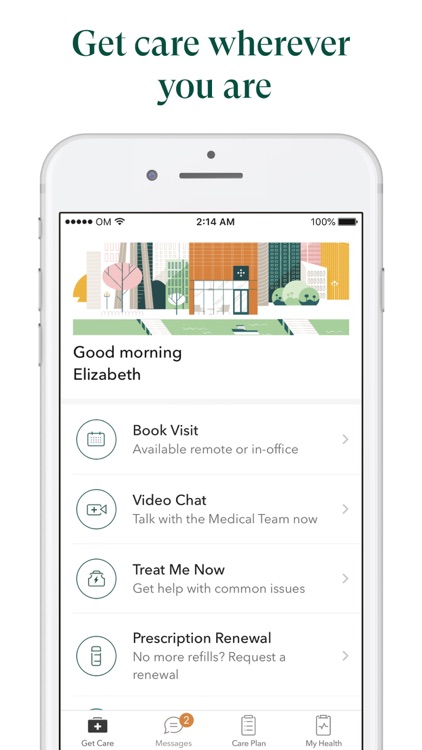
By offering virtual appointments, digitally centralizing medical records, and hosting member-focused health events, One Medical provides the ultimate omnichannel customer experience.
Airbnb delights with relevant, exciting content
Through personalized recommendations and exciting, tailored content marketing, Airbnb is great at building and maintaining its customer relationships.
For example, let’s say an Airbnb user searches in-app for a place to stay in New York City. A few days later, they’ll get an email with a roundup of great apartments in Manhattan. Instead of a catch-all “here’s why Airbnb is great” email, this follow-up message is helpful to this user.
This relevant email marketing campaign is a great example of well-executed marketing automation. The user’s search triggers an event to follow up with them through a different, relevant channel.
While Airbnb was originally built as an alternative solution to hotels, it’s developed into a comprehensive experience and lifestyle brand. Through expanded product offerings, the brand can build connection and loyalty among users by promising a more authentic way to travel.
One such offering is Airbnb Experiences, which allows users to book experiences hosted by locals through the app. This allows users the simplicity and ease of planning their entire trip all in one place.
For example, someone could book a condo in Miami for the weekend, hire a private chef for Friday’s dinner, attend a food tasting on Saturday, and book a paddleboard experience, all through Airbnb.
The brand does a great job of balancing practical recommendations with more aspirational content. Whether you need a quick place to stay for a work trip or a dreamy island bungalow to add to your vision board, Airbnb’s digital marketing efforts keep them top of mind for customers anytime they’re not sleeping at home.
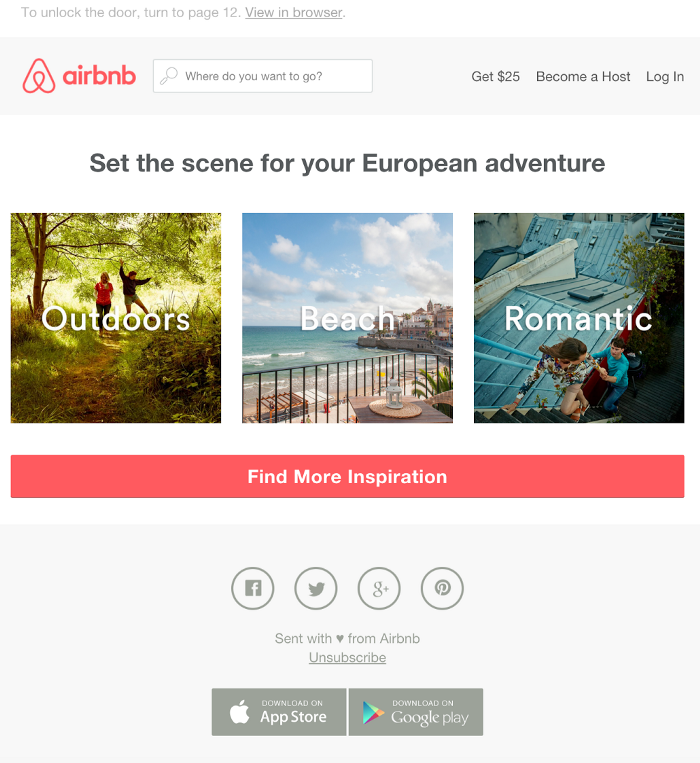
Key takeaways
Ultimately, the purpose of omnichannel marketing is to enhance the customer experience. Through deeply understanding customers through data and segmenting them for increased personalization, marketing teams can increase loyalty and retention rates while surprising and delighting their customers.
While your brand’s unique strategy depends on your customer, channel strategy, resources, and overarching business goals, every marketer can draw inspiration from the brands above. These brands are reimagining customer-centric omnichannel marketing and building loyalty along the way.
READY TO PROVIDE A BETTER POST-CLICK EXPERIENCE?
Get insights and tips to drive more business from less ad spend, more profit from less cost, and more customer value from less churn.